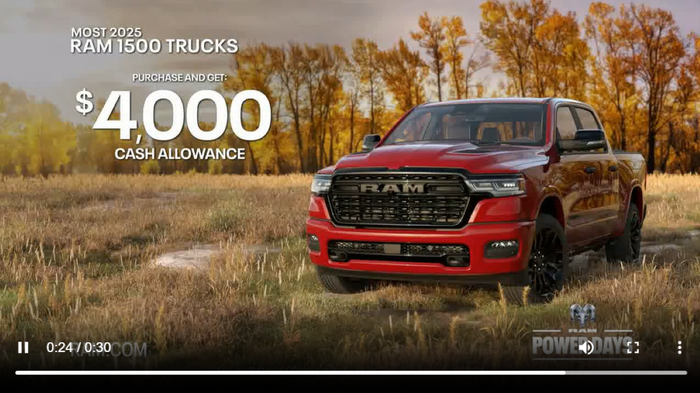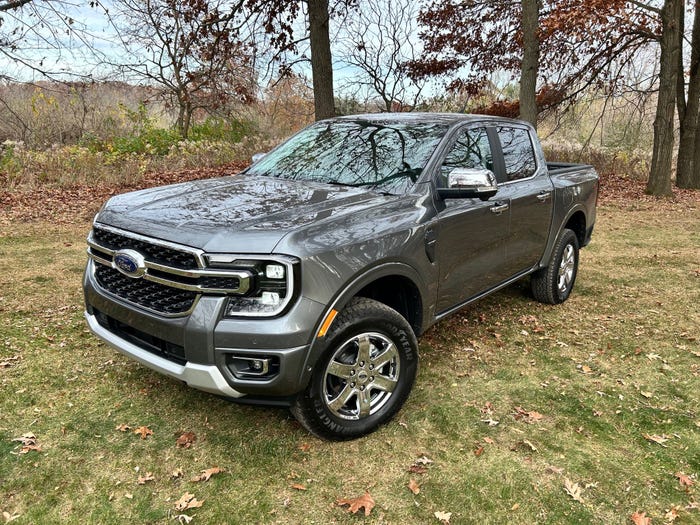Smart Intersections Save Fuel, Lives
If Implemented Nationwide, New smart intersection technology being developed by some of the world's top auto makers could save an estimated 3 billion gallons (11 billion L) of gasoline annually, says the Texas Transportation Institute's 2007 Urban Mobility Report. At a Ford Motor Co. research facility in Dearborn, MI, there are several smart intersections that alert the driver through audio and visual

If Implemented Nationwide, New “smart intersection” technology being developed by some of the world's top auto makers could save an estimated 3 billion gallons (11 billion L) of gasoline annually, says the Texas Transportation Institute's “2007 Urban Mobility Report.”
At a Ford Motor Co. research facility in Dearborn, MI, there are several smart intersections that alert the driver through audio and visual signals when he is about to drive through a red light or run a stop sign.
The result is fewer traffic accidents, which are a leading cause of road congestion. The fuel savings are realized with the reduction in congestion, says the TTI report, noting about half of all traffic delays are caused by accidents, breakdowns and road debris.
The smart-intersection project, which launched in 2006, is a collaboration between Ford, General Motors Corp., Honda Motor Co. Ltd., Daimler AG, Toyota Motor Corp., Virginia Tech Polytechnic Institute and State University and the federal government, as well as local and county road commissions.
The joint public/private effort is known as the Crash Avoidance Metrics Partnership, while the smart-intersection technology under development is dubbed the Cooperative Intersection Collision Avoidance System (CICAS).
The collaboration between normally competitive auto makers stems from the need for the development of a common language that vehicles and road intersections equipped with the smart technology can recognize, says Mike Shulman, Ford's manager of active-safety research.
“One company can't speak one language and the other another, because we won't understand each other,” he tells Ward's during a preview of smart intersections.
“So we all have to agree on what the message content is; when you send messages; things like that. But then each auto maker can do their own applications.”
The common language derived from the program will be certified by the Society of Automotive Engineers.
While seemingly high tech, the smart technology is inexpensive, requiring only a minor modification to a vehicle's global-positioning system and an intersection's traffic-control system.
“The cost in the vehicle is really, really small,” says Shulman. “We've been trying to do collision avoidance with radar and cameras and other things that are very expensive. But this (uses) the GPS that is already in (Ford) vehicles for Sync and a little Wi-Fi chip at a slightly different frequency.”
Ford hopes to introduce the avoidance technology in its entire lineup in the near future, he adds.
The cost involved in equipping an intersection with the smart technology is more substantial, generally $5,000-$10,000. But when factored into the cost of building a new intersection, which typically runs hundreds of thousands of dollars, the expenditure makes economic sense, says Gary Piotrowicz, director-traffic safety, for the Oakland County (MI) road commission.
Several intersections in the heavily traveled county have demonstration technology in place, and it's showing promise, he says, although specific data has yet to be analyzed.
The most significant obstacle will be developing the infrastructure and the vehicles equipped with the safety technology.
“Of the 350,000 intersections in the U.S., probably 150,000 to 200,000 would have to be rebuilt before they could handle it,” Piotrowicz says, noting there's also a “chicken and egg” dilemma that must be overcome. “Auto makers are not going to put (vehicles with the technology) on the road if it's not in the infrastructure.”
During a demonstration, an '09 Ford Flex and '07 Volvo S80 equipped with the smart technology warned drivers via light and voice alerts when they were approaching stop signs and intersections with stop lights.
Seven intersections in Dearborn are outfitted with smart technology that can monitor traffic-signal status, GPS data and digital maps, all of which is transmitted to approaching vehicles.
The digital maps are needed to provide information on what lane a vehicle is traveling, as traditional GPS-based navigation devices only provide road data.
Other test intersections have been established in Virginia and California, where participants drive a dozen cars equipped with the technology.
The next step in the crash-avoidance system is the development of vehicle-to-vehicle communication that could lead to a bevy of new safety features. “Vehicles would exchange information with other vehicles 10 times a second,” Shulman says. “Every vehicle would broadcast its position, speed and brake status.
“With that, we can do applications like forward-collision, blind-spot and do-not-pass warnings. Those are two efforts, both using the same wireless communication link and the same GPS in the vehicle. The hope is to bring that all together.”
Shulman declines to reveal a timeline for real-world implementation of both the CICAS and vehicle-to-vehicle technologies, but says none of the auto makers involved in the programs want to be the last to offer it.
Meanwhile, Ford says it will introduce three new active safety technologies in the next year, including adaptive cruise control, its Blind Spot Information System (BLIS) with Cross Traffic Alert and a third to be named later this year.
Adaptive cruise control allows a driver to set the car's speed and maintain it without using the accelerator pedal.
The system employs radar that monitors traffic in front and adjusts the speed of the vehicle to keep it a safe distance behind the lead vehicle. The feature is optional on the '09 Lincoln MKS sedan.
BLIS with Cross Traffic Alert warns drivers backing up of impending traffic by using radar to pick up moving objects from either side of the vehicle via visual and audible alerts. The system is currently used on certain Volvo-brand vehicles.
‘Seeing Eyes’ for Blind Spots
wardsautoworld.com/ar/auto_seeing_eyes_blind/
Read more about:
2008About the Author
You May Also Like





